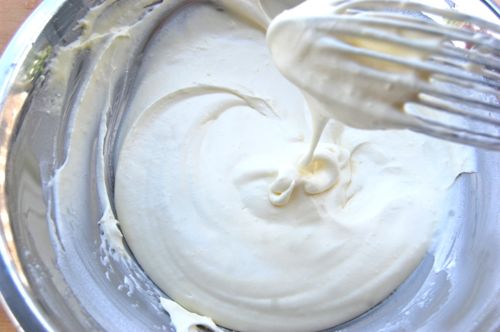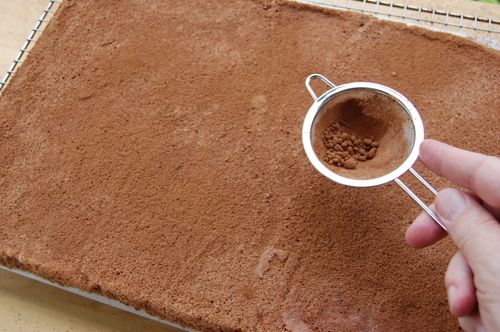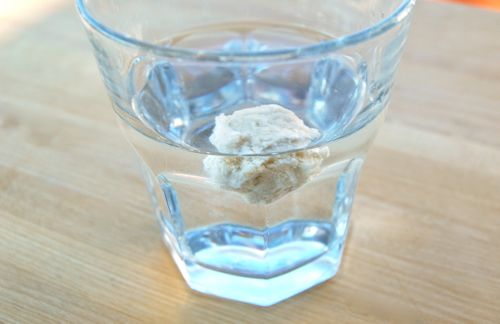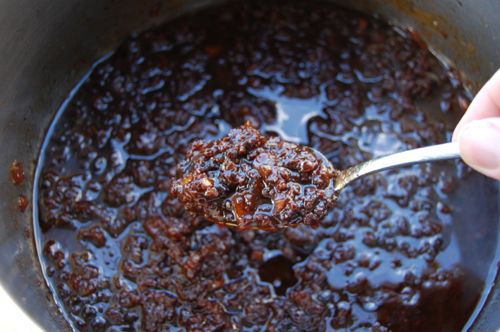Making Clotted Cream

The texture of clotted cream is really unlike any other dairy product I’m aware of. It’s smooth, incredibly thick, full of big, curd-like blobs and just a little gooey. “Mud-like” is the term I usually use, and it’s apt.
For a one-time Devon resident like myself, the realization that I had the resources available to make my own clotted cream caused waves of both nostalgia and lust — butterfat lust — to wash over me. I had to rush out immediately and try it. If you have small, local dairy cream available to you (un-homogenized and especially un-stabilized) this recipe will be a snap. If not you probably won’t get quite the same result, but to my way of seeing things that’s no reason not to try. The potential rewards are simply too great.
READ ON



